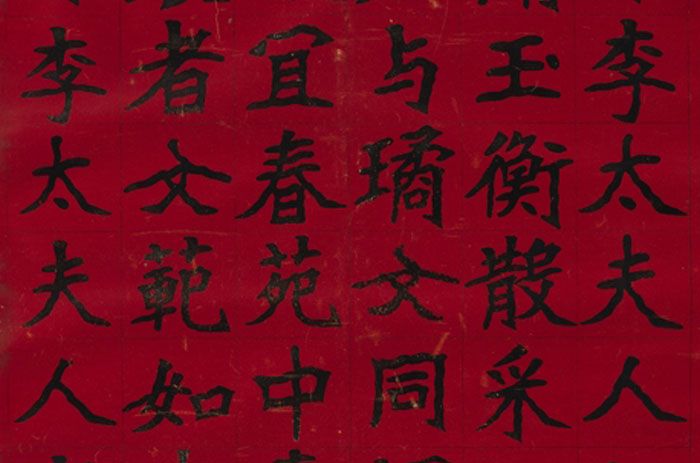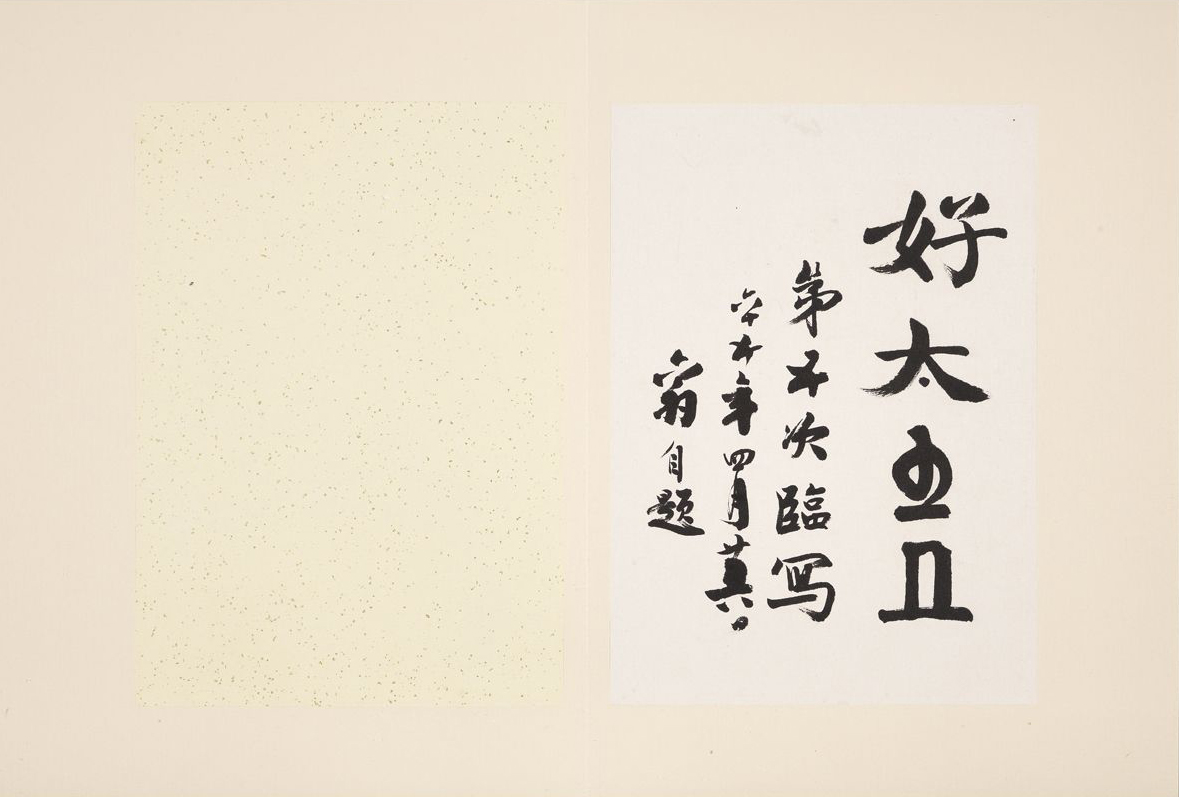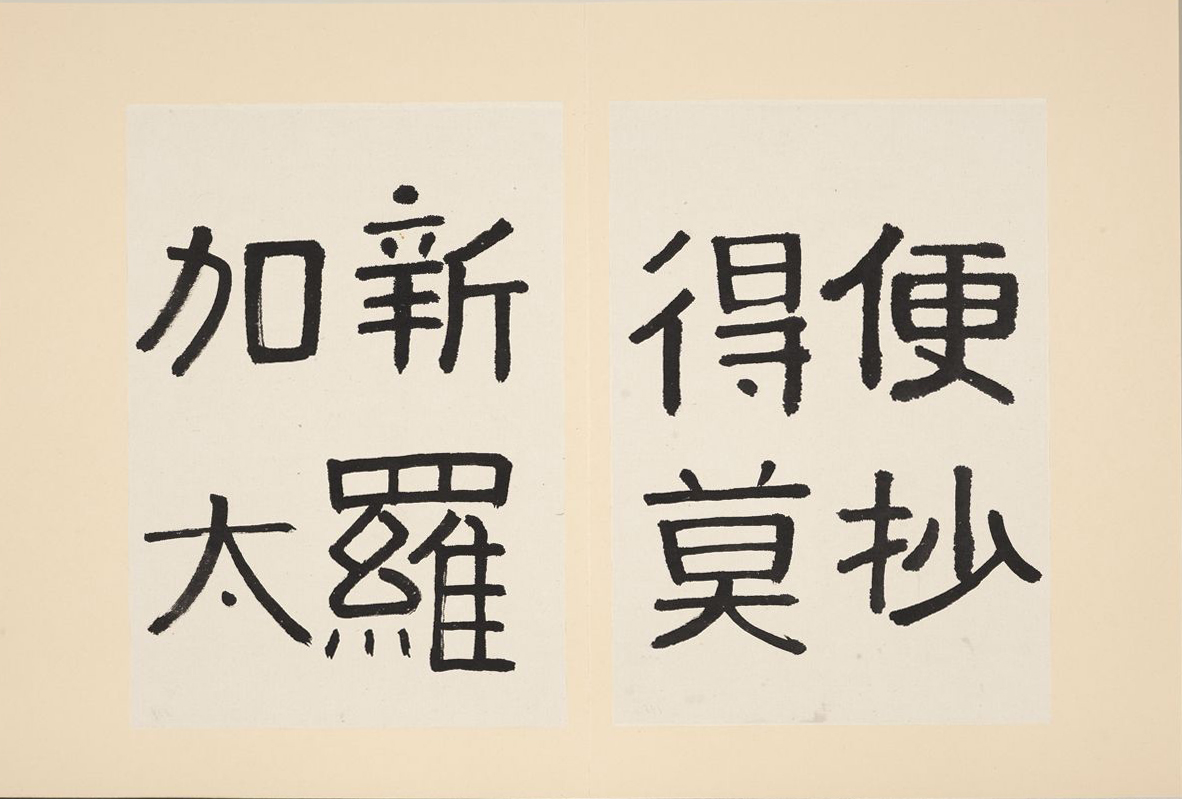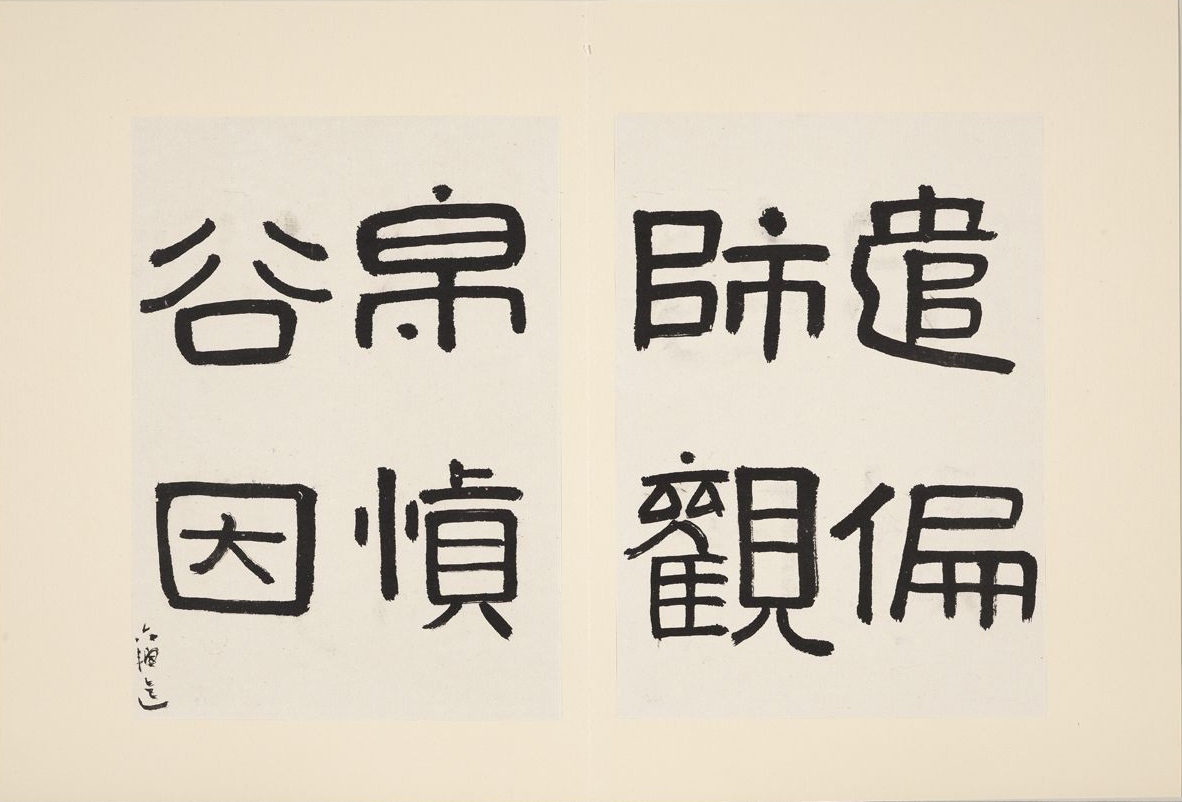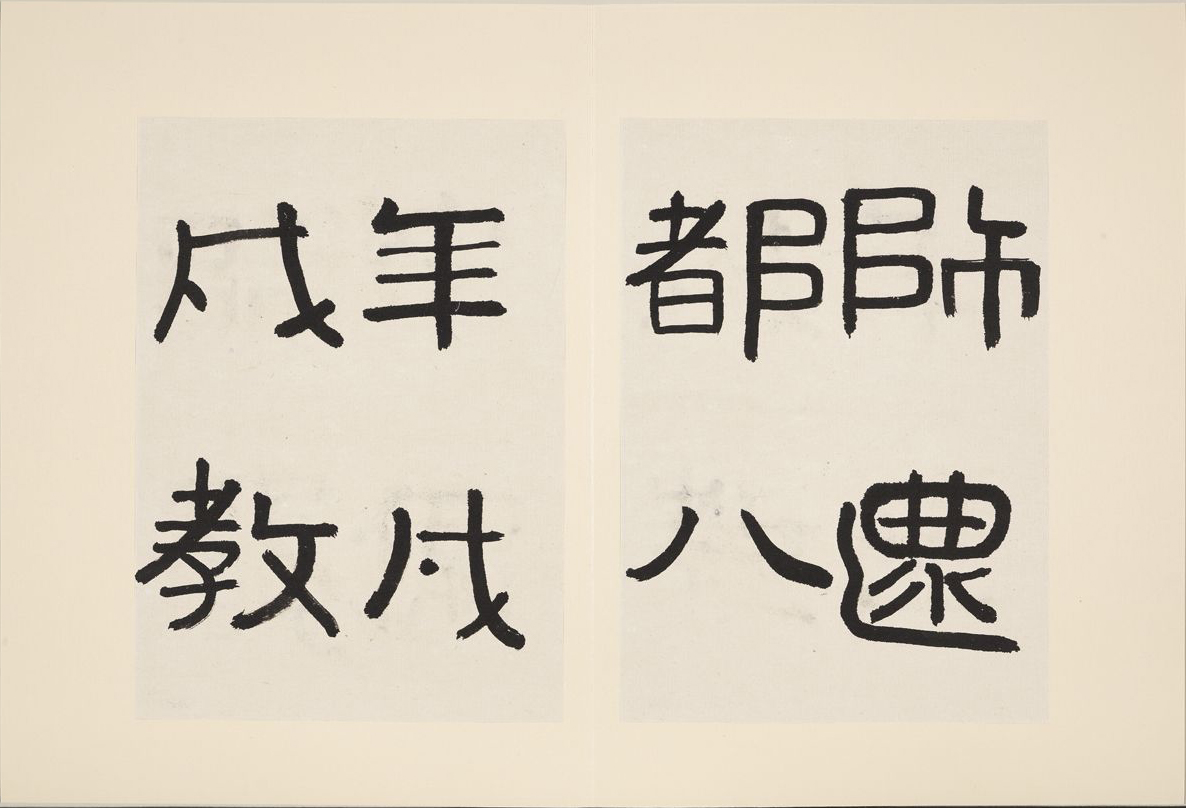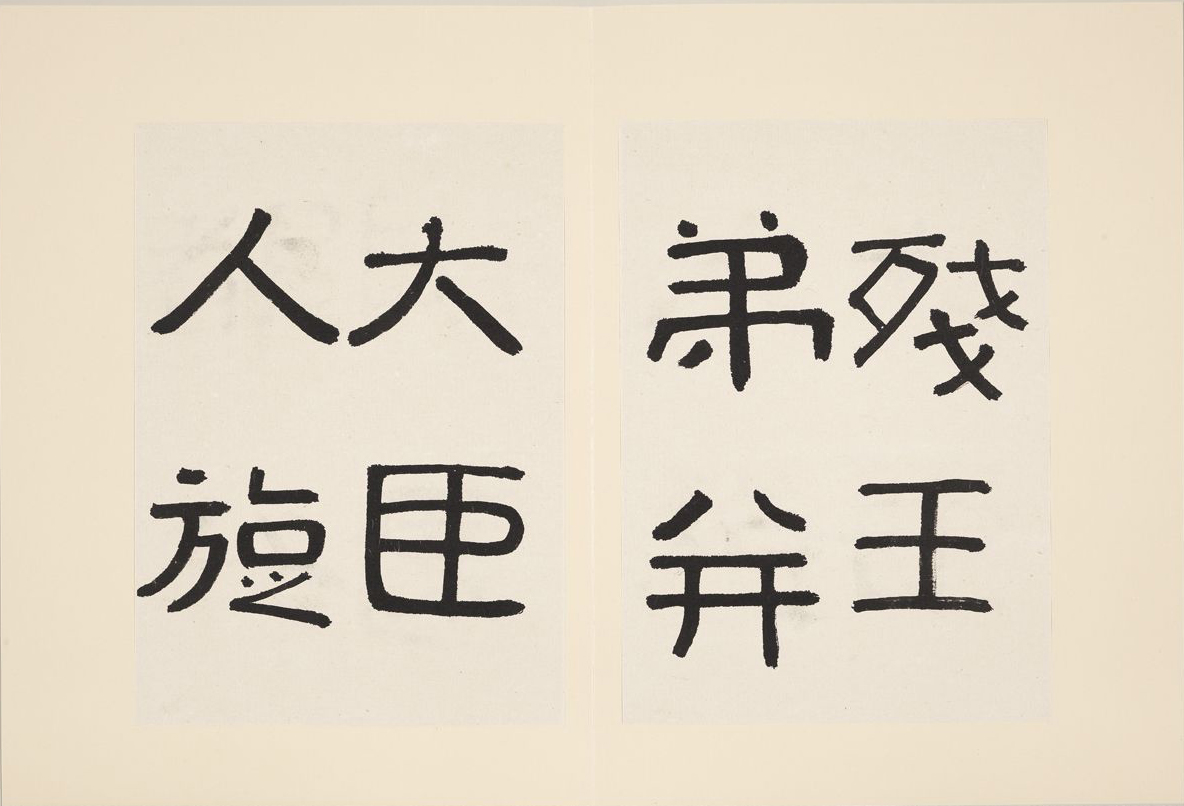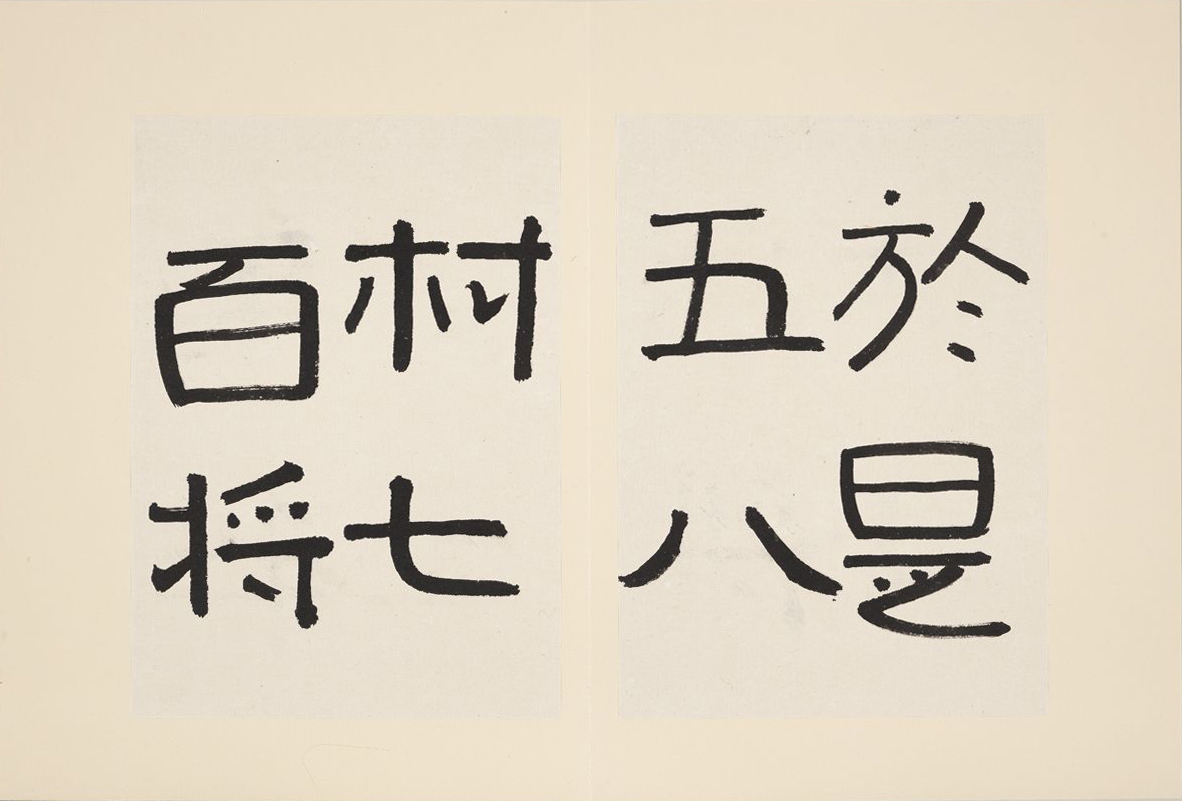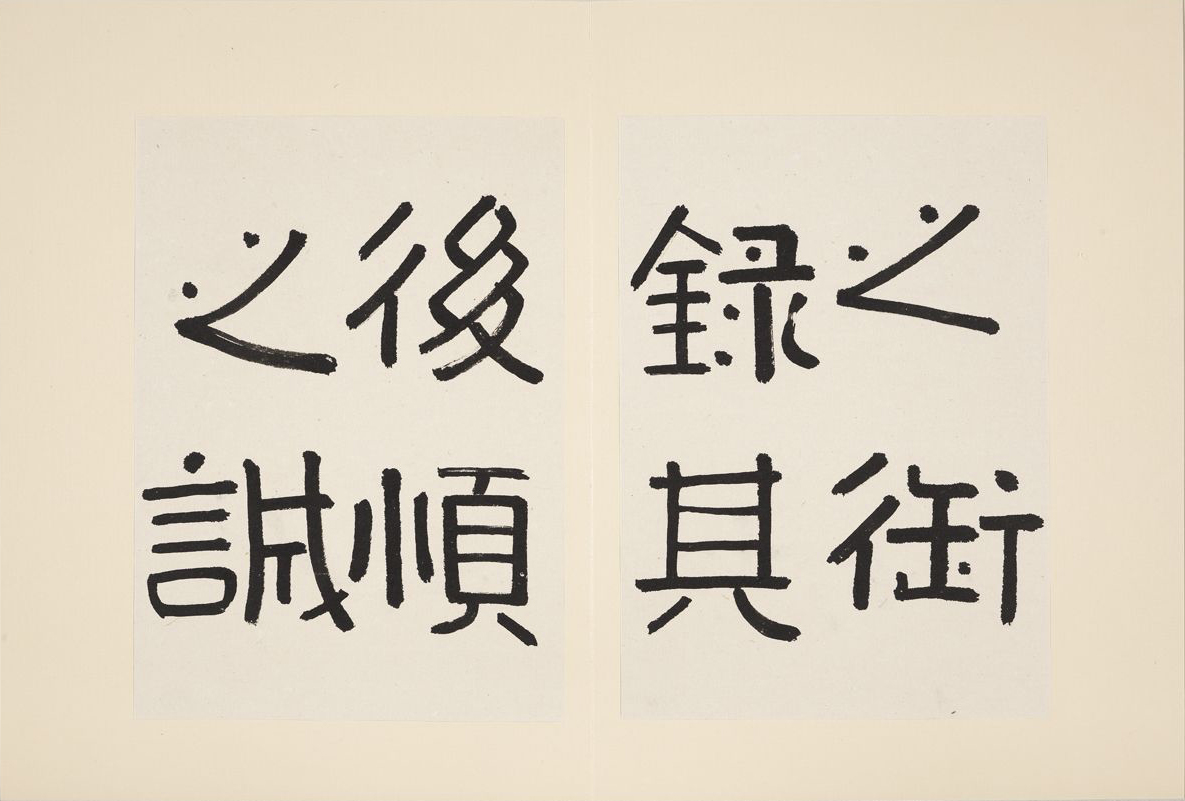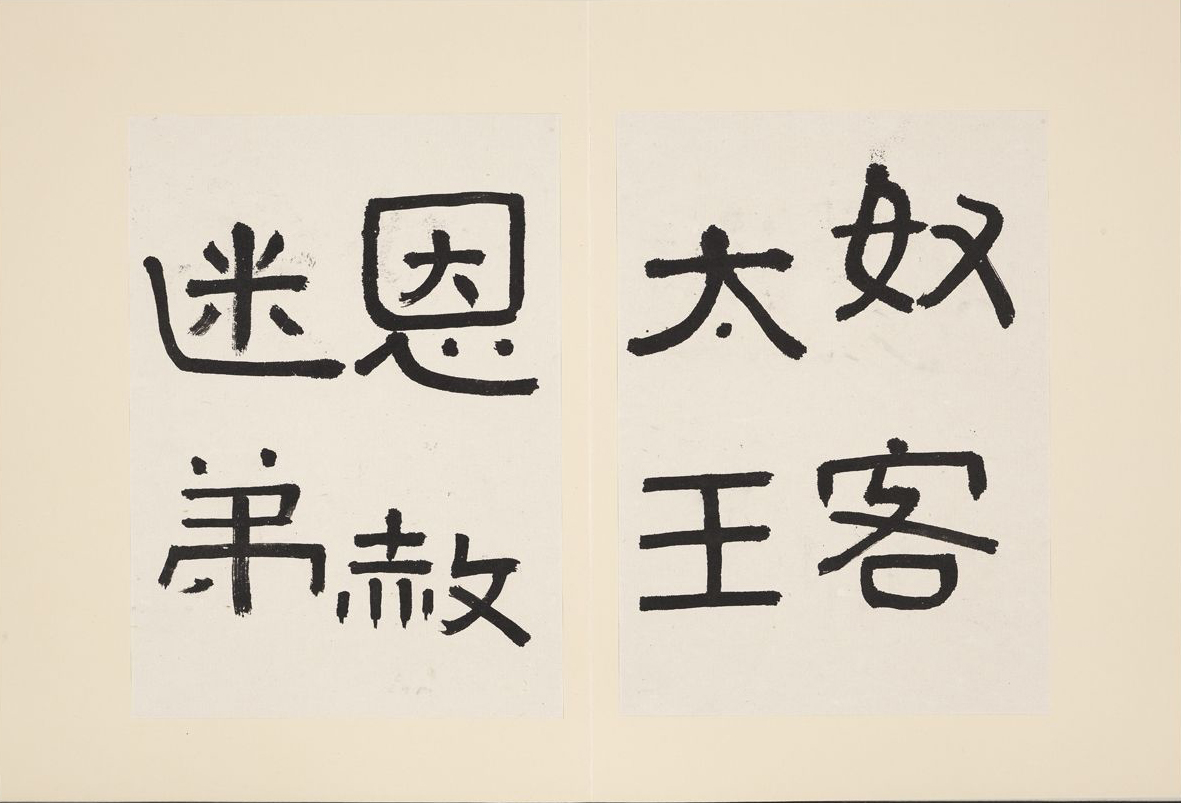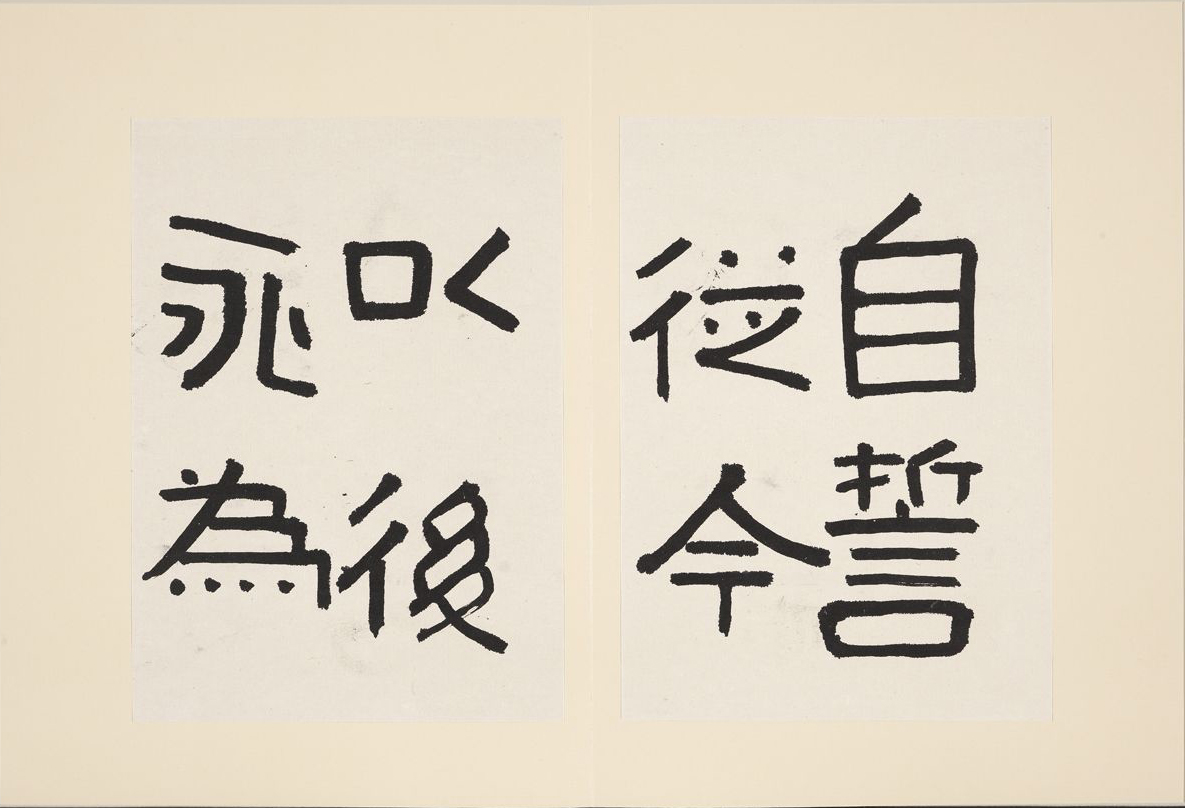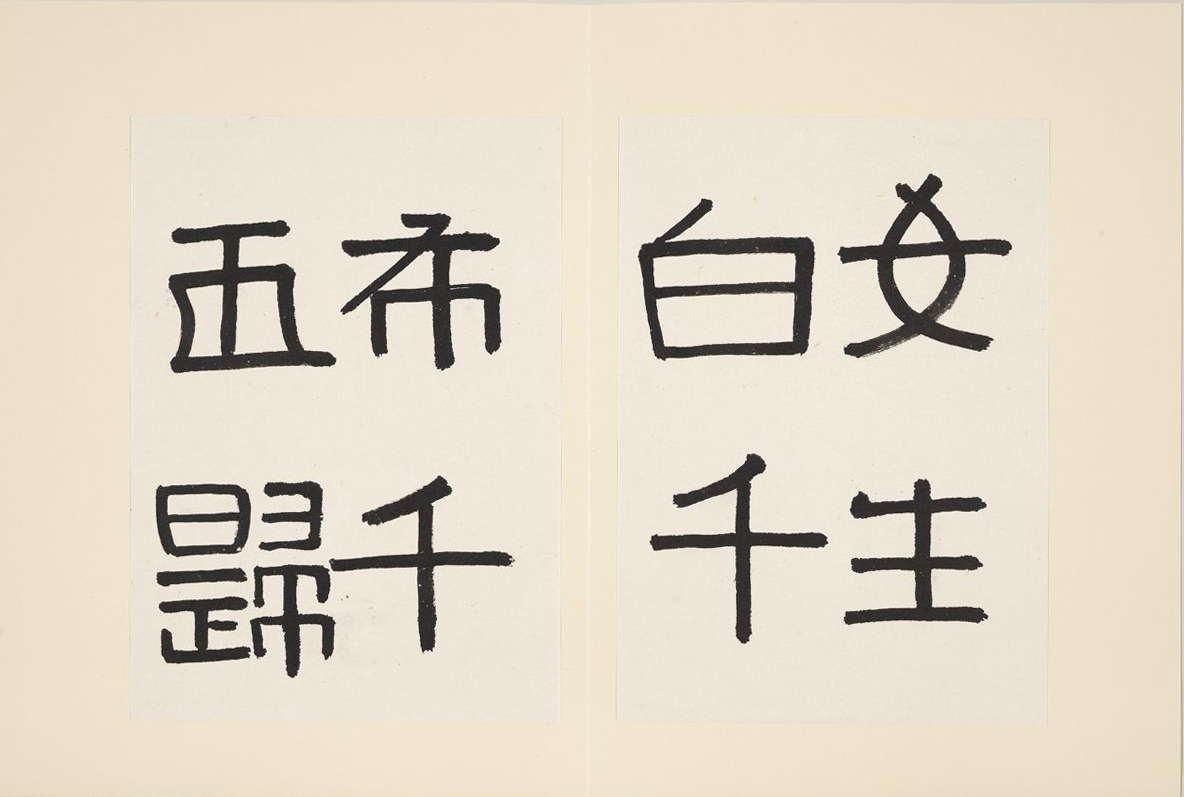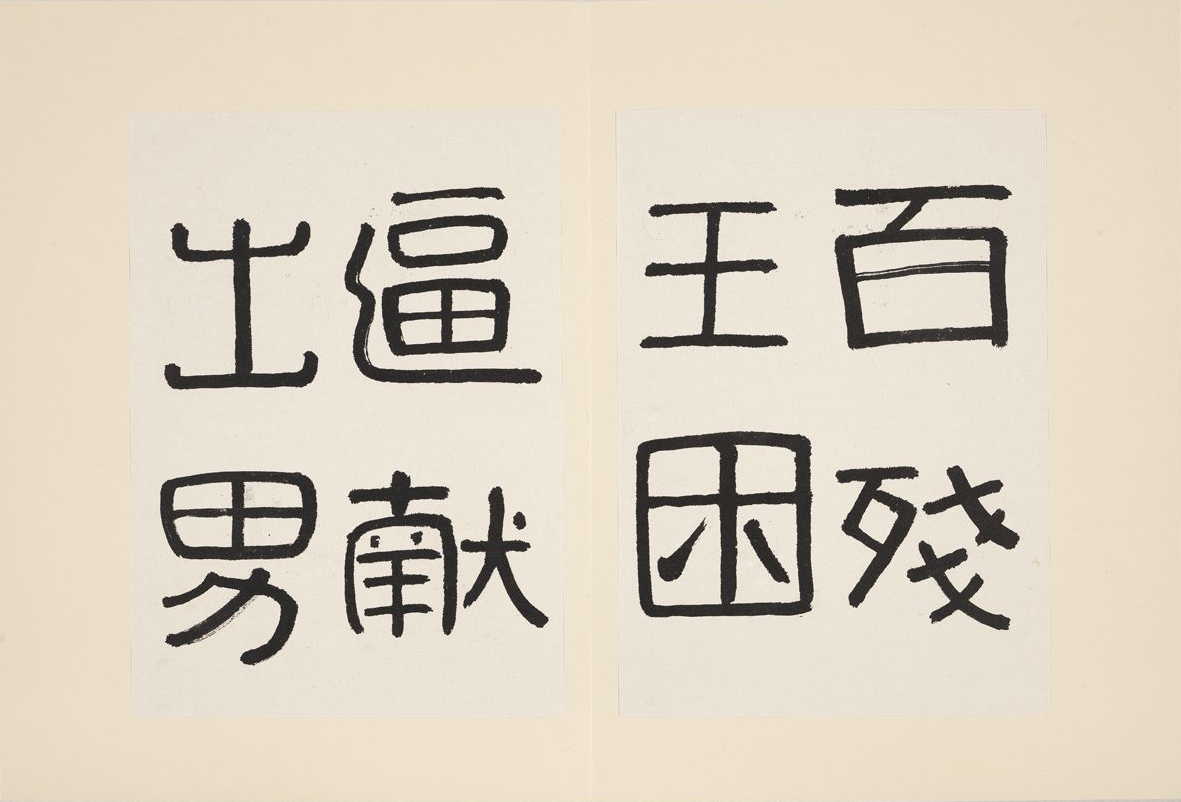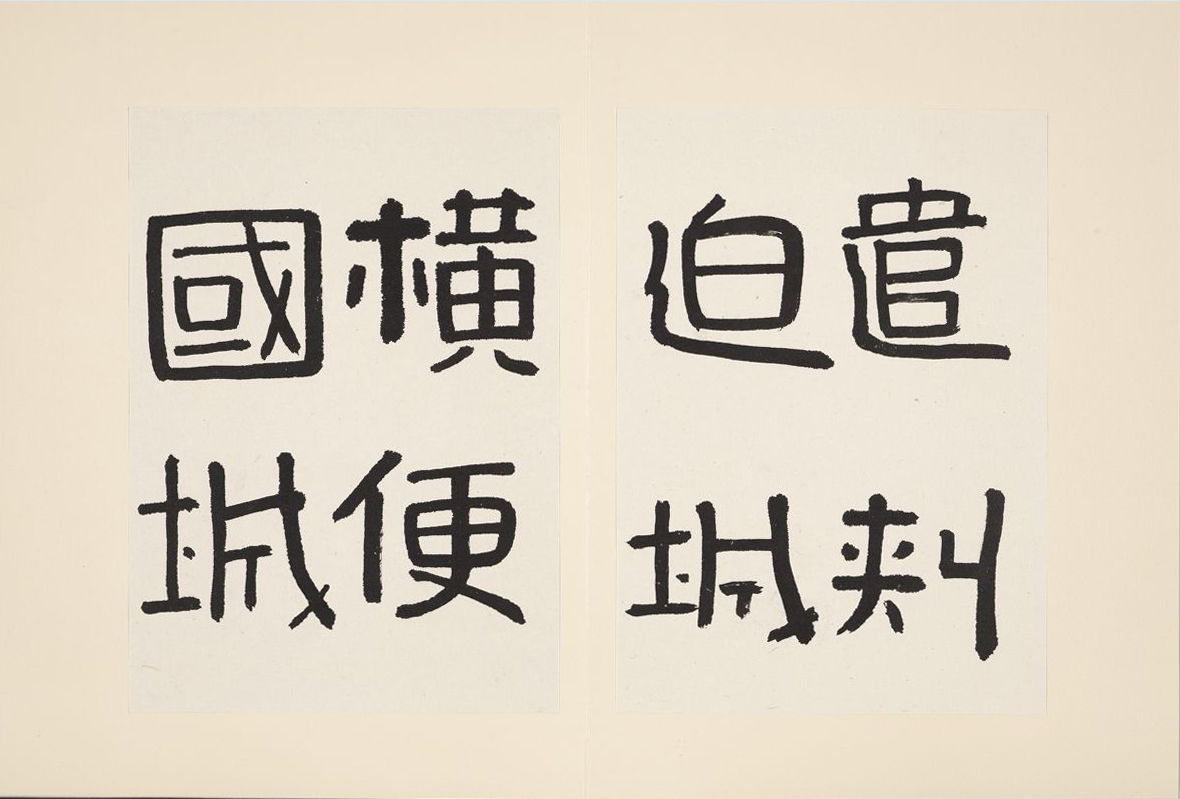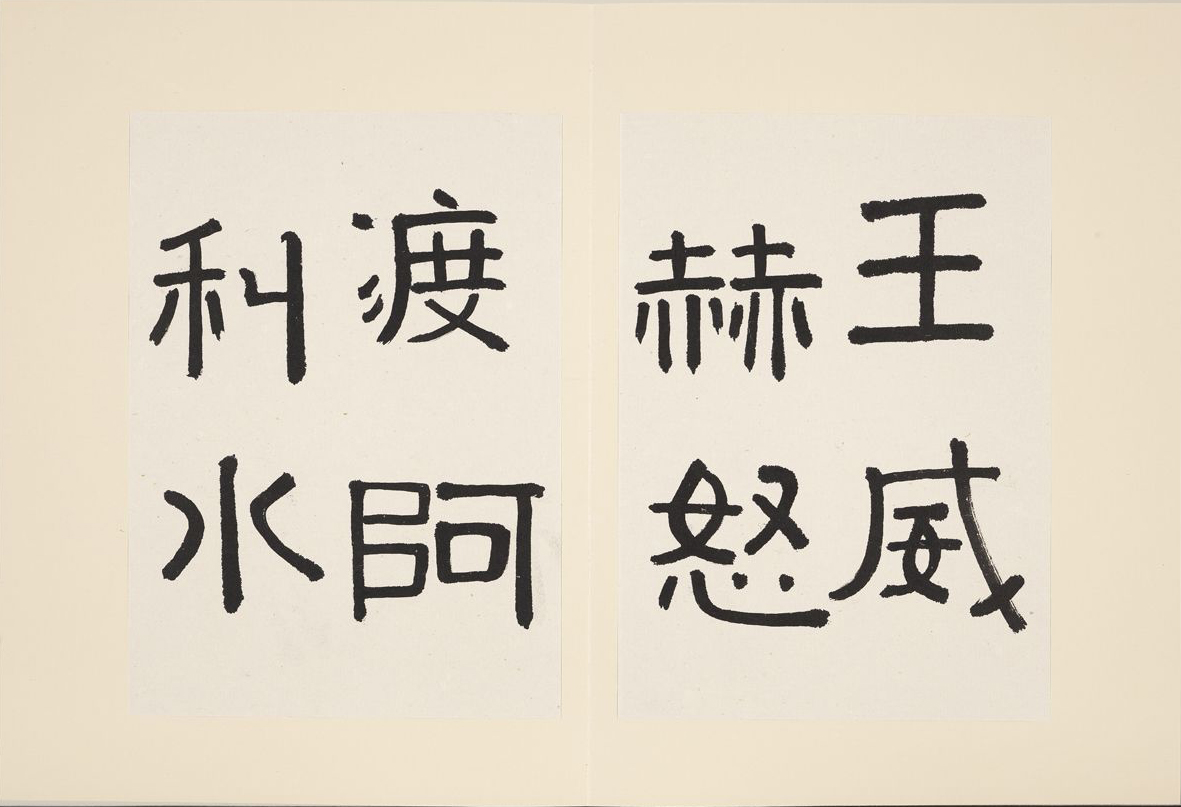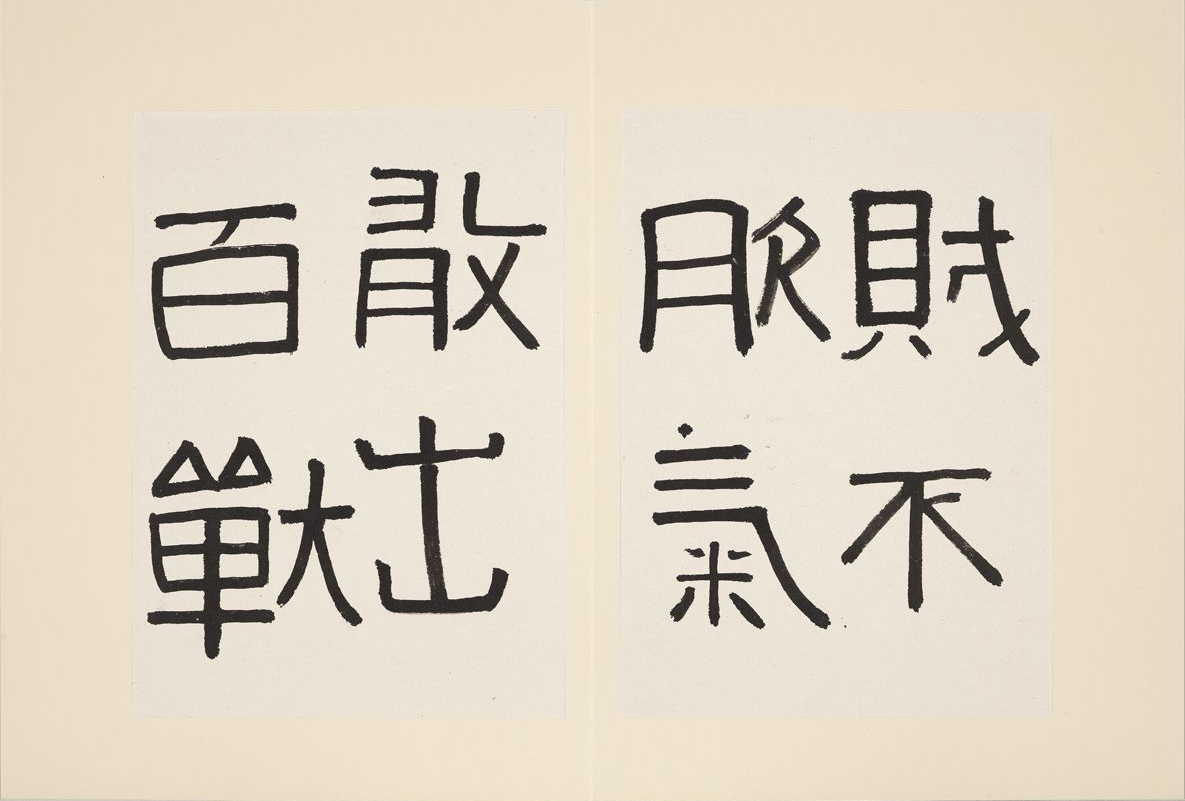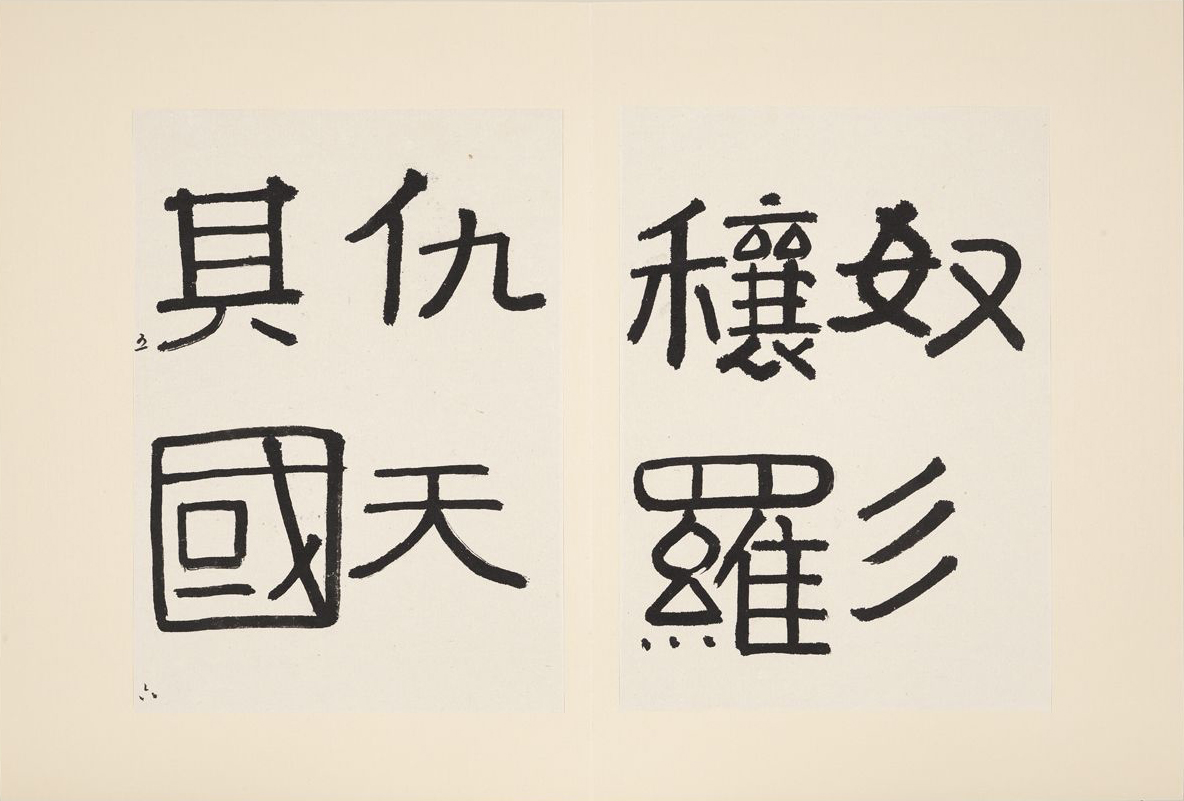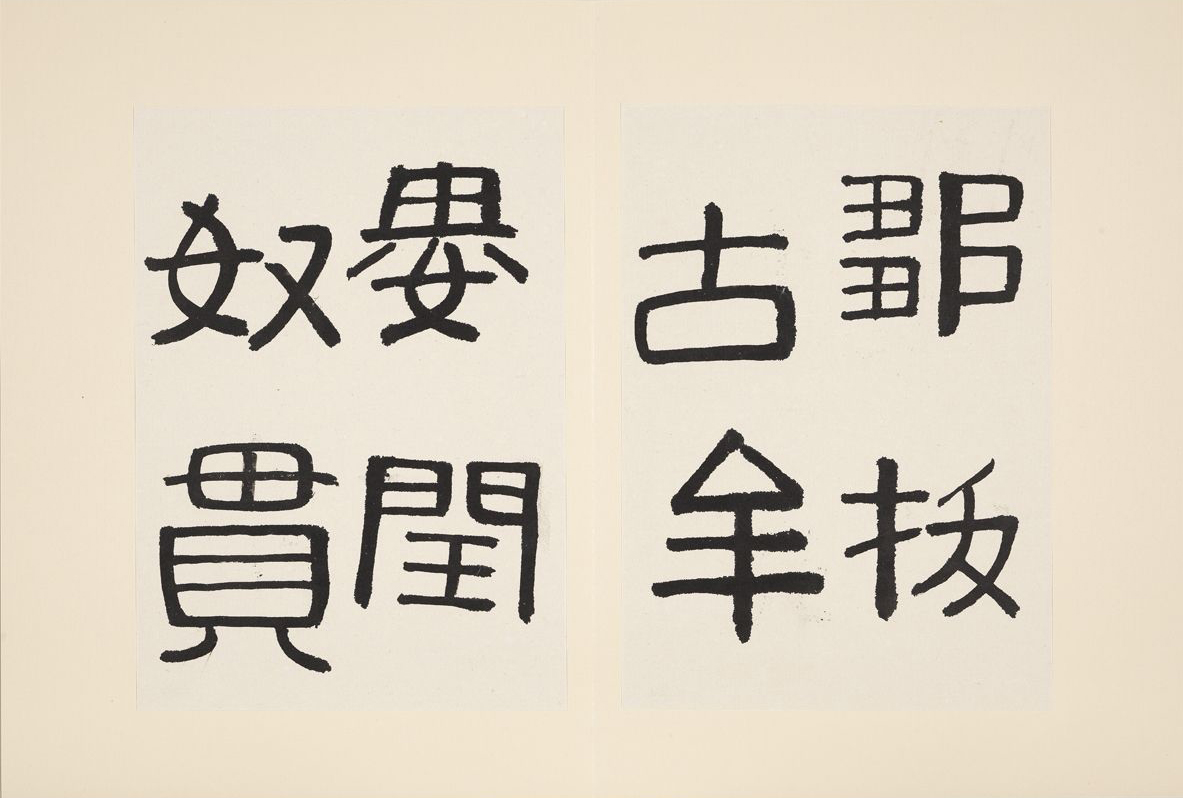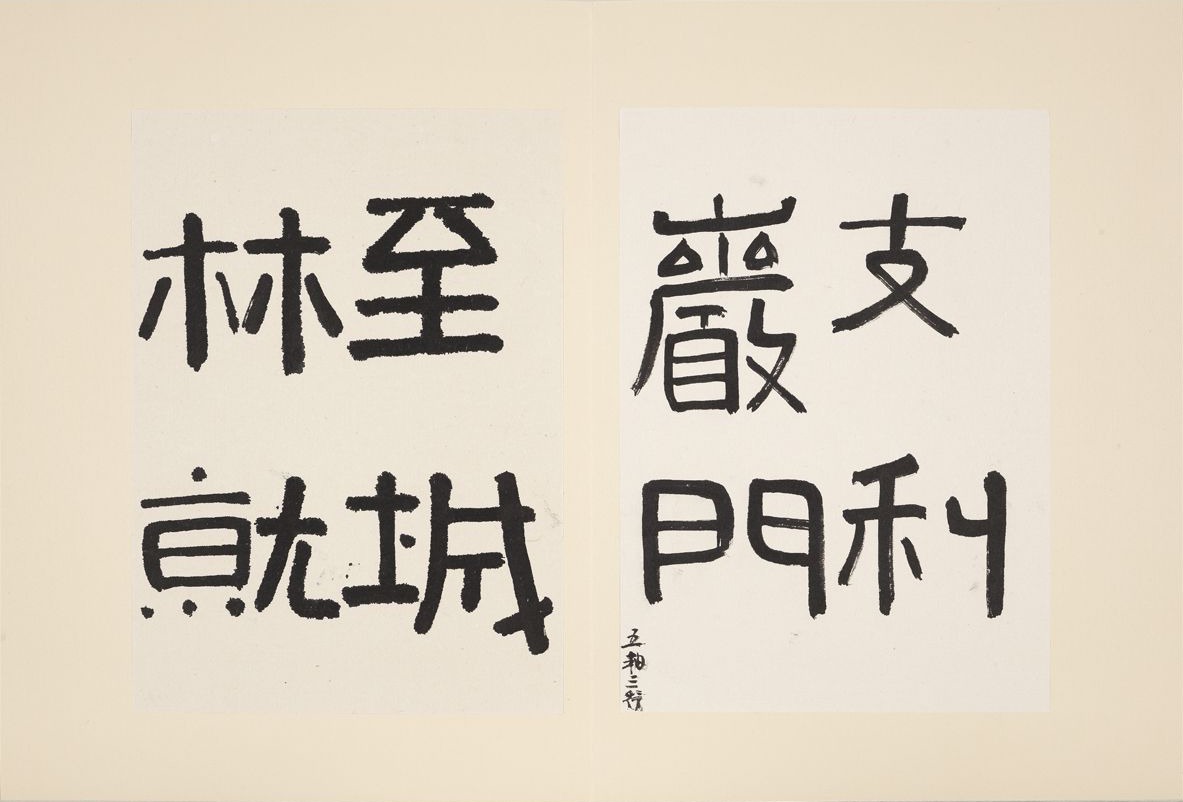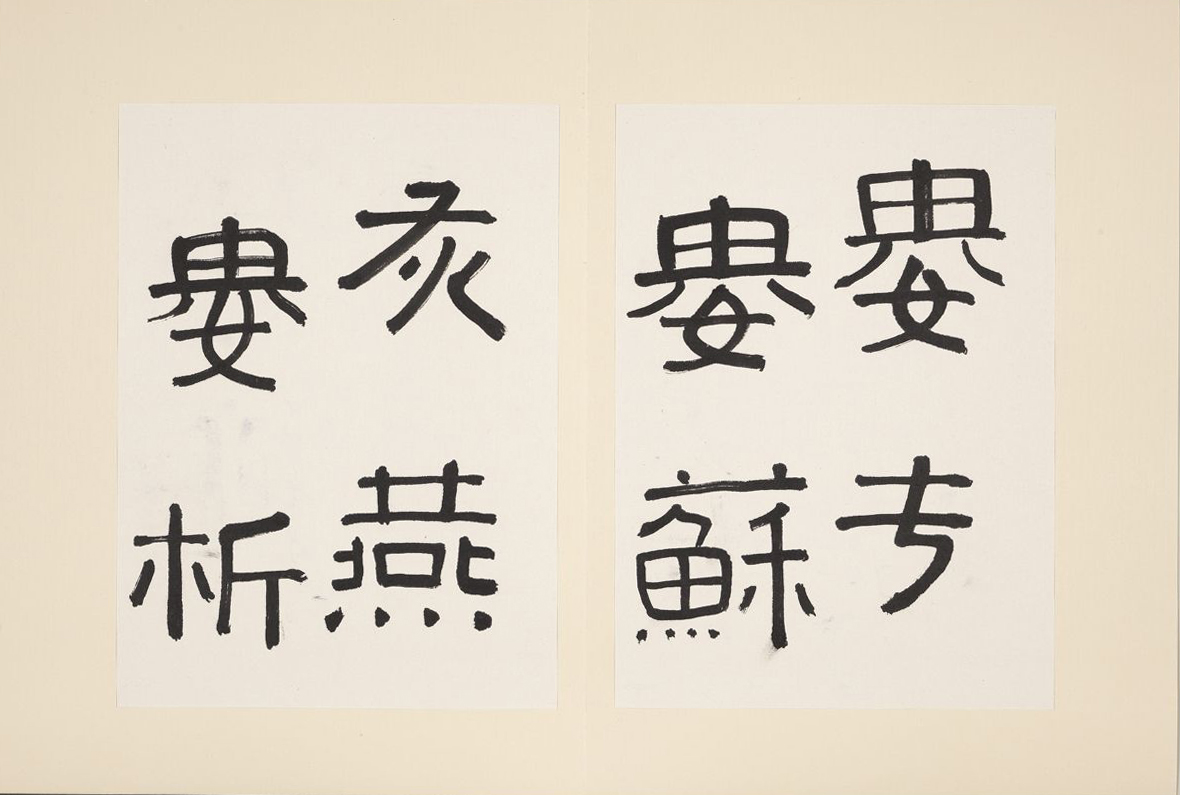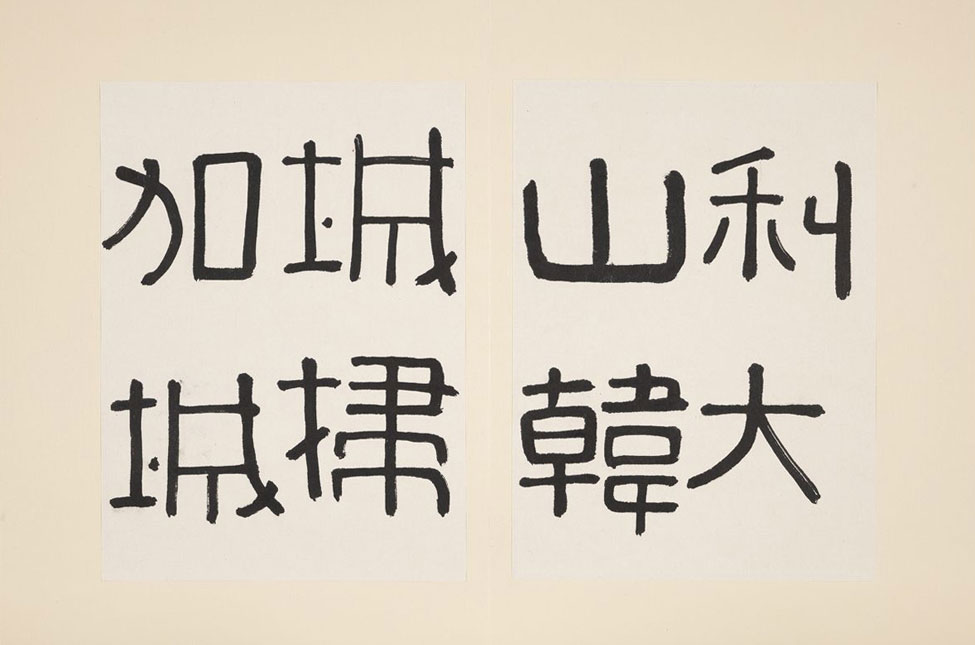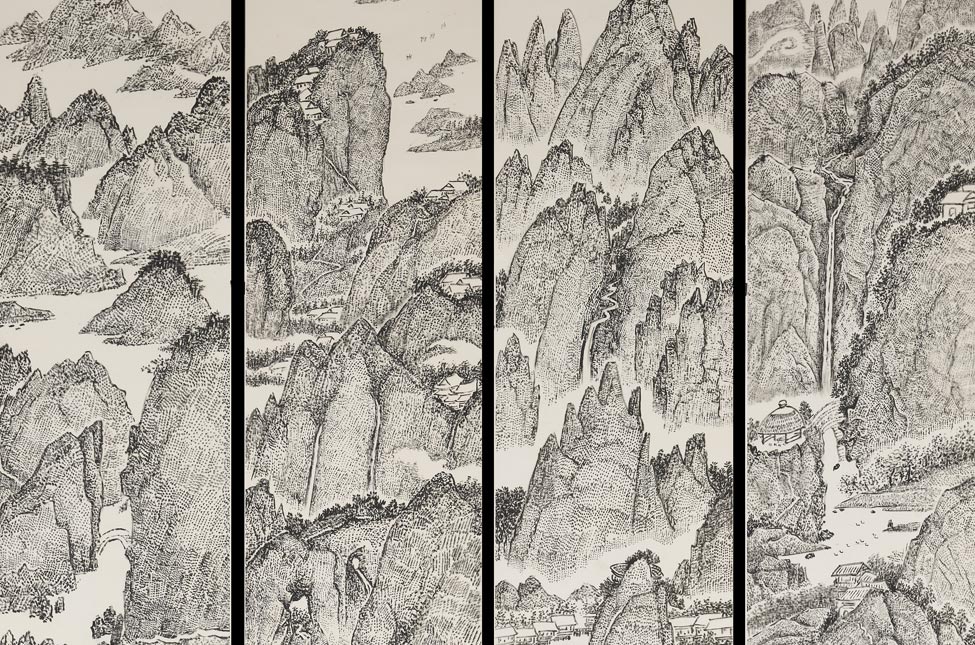Selections
-
Preface Celebrating the 70th Birthday of Madam Li, in Eight Panels
- Li Ruiqing, Republican era
Li Ruiqing (1867-1920) was an official in the late Qing dynasty, an educator, and a calligrapher. After the fall of the Qing dynasty he resided in Shanghai, where he made a living selling calligraphy.
These eight panels, which were donated to the National Palace Museum by Mr. Li Tsung-huang (1888-1978), were written in 1919 to commemorate the seventieth birthday of Li Tsung-huang’s mother, Madam Li Youlan. During Sun Yat-sen’s Constitutional Protection Movement (1917-1922), Li Tsung-huang was constantly on the move between Yunnan and Guangzhou. When Tang Shaoyi (1862-1938) and other representatives of the Guangzhou Constitutional Protection Junta traveled to Shanghai to negotiate for peace, they commissioned Li Ruiqing to write these tidings celebrating Madam Li’s birthday as a show of respect for Li Tsung-huang and the Yunnan faction. The calligraphy merges the style of the “Latter Stele of Zheng Xi” (Zheng Xi Xia Bei) and the “Zhang Menglong Stele” (Zhang Menglong Bei). Li Ruiqing’s meticulousness is on full display in this enormous inscription, where not even a single brushstroke without utmost attention to detail. -
Copy of the King Hotae Stele
- Chuang Yen (1899-1980), Republican period
Chuang Yen was an art historian and calligrapher who also once served as Deputy Director of the National Palace Museum.
This album represents Chuang Yen's copy of the "King Hotae Stele" that he did in 1976 and which was donated to the National Palace Museum by the brothers Chuang Yin, Chuang Che, and Chuang Ling. The script type and character forms here are similar to the original, but the clerical script is rendered similar to seal script with much centered and rounded brushwork. It reveals the so-called "reverse entry, calm exit" technique as well as "expose the tail and hide the head"of the strokes. Combined with variations in the line thickness and ink moisture, an interesting quality to the brushwork pervades this album. There is also distance between the upper and lower characters, but the space between the left and right ones is reduced. It creates an arrangement of adjacent characters that departs from the rules of convention in calligraphy to reveal a free and easy manner of returning to original innocence and simplicity. -
Six Works, Including Silent Dream in the Zhongnan Mountains
- Chang Kuang-pin Republican era
Chang Kuang-pin (1915-2016, sobriquets Yuhuan, Chiweng, and others) was a painter and calligrapher as well as an art historian.
These six hanging scrolls were done in 2008 and donated by the artist himself to the National Palace Museum. In these narrow scrolls, the painter depicted layers of mountains and waters with springs and cascades scattered throughout to create scenes of remote and tranquil valleys. The artist first used a centered brush with dry ink to outline the forms and then arranged ink dots within them to build up the volume and weightiness of the mountains and landscape, which are highlighted against the pure and winding waters. From a distance, these scrolls have the poetic effect of traditional ink painting, but upon closer inspection, they reveal a modern sense of abstraction and rationality. Each individual work has the force of a thousand leagues extending into the distance, but when viewed together the four scrolls create a bird’s-eye effect for a much larger landscape with a majestic atmosphere.
Exhibit List
| Title | Artist | Period |
|---|---|---|
| Preface Celebrating the 70th Birthday of Madam Li, in Eight Panels | Li Ruiqing | Republican era |
| Copy of the King Hotae Stele | Chuang Yen (1899-1980) | Republican period |
| Six Works, Including Silent Dream in the Zhongnan Mountains | Chang Kuang-pin | Republican era |








